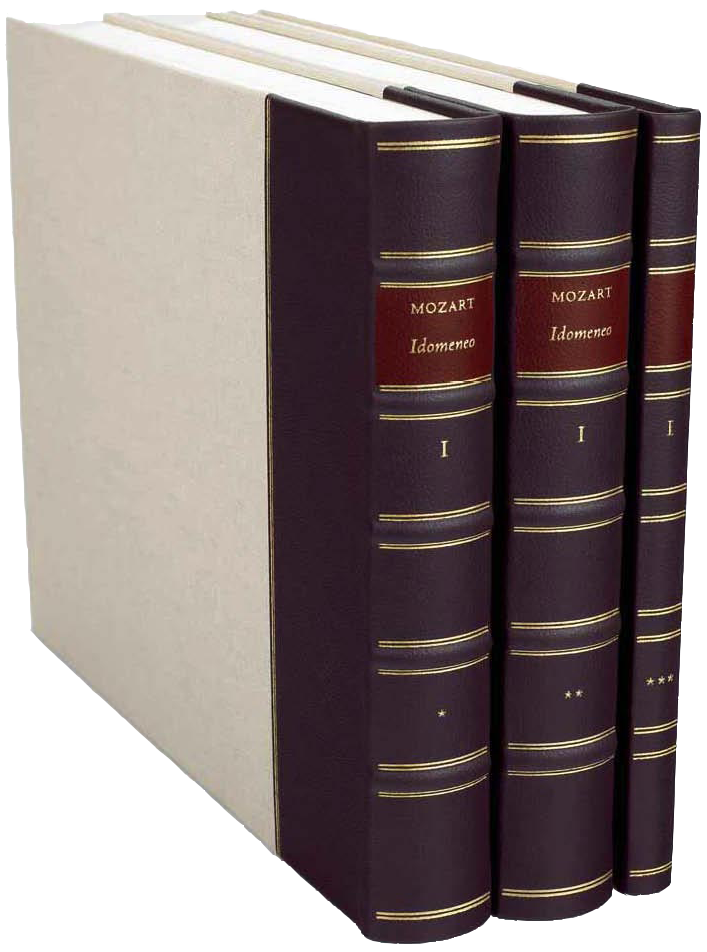

“What an extraordinary occasion: the publication of all seven
of the great Mozart operas in autograph-facsimile editions of the
highest quality, and at a reasonable price that can make the
whole series accessible to all Mozart lovers—professionals,
students, libraries, performing organizations, audiences—indeed,
everyone!”
—James Levine
“I am overjoyed that this important facsimile edition of the
Mozart operas could finally be realized. A tremendous dream of
musicians has come true!”
—Nikolaus Harnoncourt
All lovers of Mozart have reason to rejoice at the forthcoming
appearance of “Mozart Operas in Facsimile”—in beautifully
produced multi-volume bibliophile editions available at an
astonishingly low price ($175 per opera) thanks to the Packard
Humanities Institute. For scholars, conductors and musicians in
general this will bridge a deplorable chasm in their access to
these evergreen masterpieces. Not many of us had ever clapped
eyes on the complete score of a Mozart opera (other than Don
Giovanni in Paris) until the early 1980s, the point at which the
precious missing portions of Così, Figaro, Die Entführung and the
whole of Die Zauberflöte—all relocated in eastern Europe ‘for
safe keeping’ during World War II—were rediscovered and admitted
to. All those frustrating lacunae, the gaps in notation and
uneasiness over the correct sequence of numbers as printed in the
Neue Mozart Ausgabe scores (their worthy editors not having had
access to the complete material) could now be verified (or at
least checked) by reference to the autograph scores. Yet to study
the autograph, say, of Così, you still needed to travel to Krakow
to view Act I, and then back to Berlin for Act II. Now, thanks to
this new facsimile edition, the opera manuscripts can be perused
at leisure, all contained within the bindings of consecutive
volumes. Instances of reappraisal—of potential revelation,
even—are too numerous to mention. The recovery of the last two
acts of Figaro provides just one priceless example: here for the
first time one can trace the sequence in which Mozart composed
the individual arias and scenes—as distinct from the order in
which they appear in the score—and begin to reconstruct the
various stages of their inclusion, their revision and perhaps a
putative ‘ideal’ sequence in the composer’s mind. Even if no hard
and fast conclusions can be reached, the physical evidence—of
layers of composition and reordering—is there for scrutiny. What
solace, what bliss!
—John Eliot Gardiner, July 2007